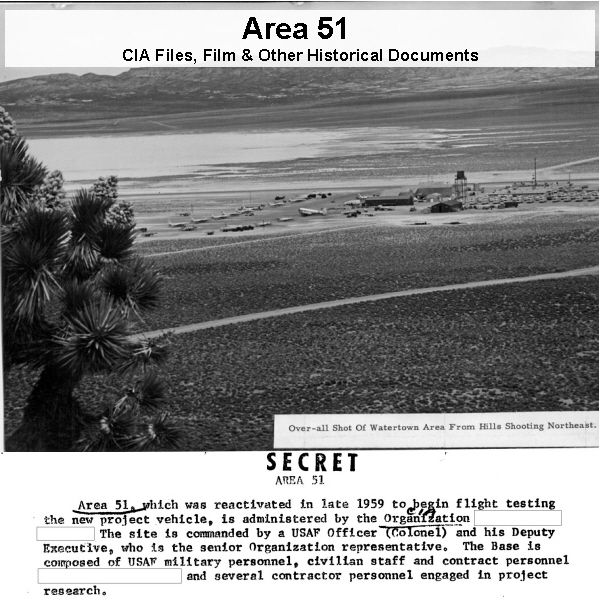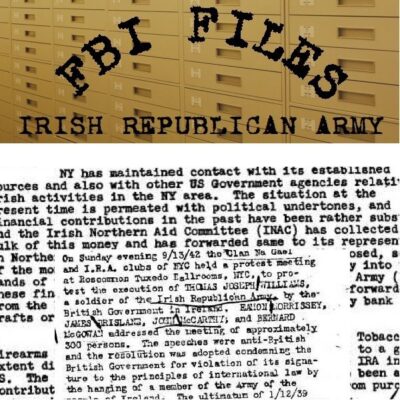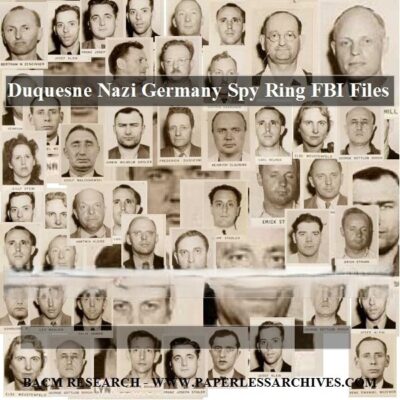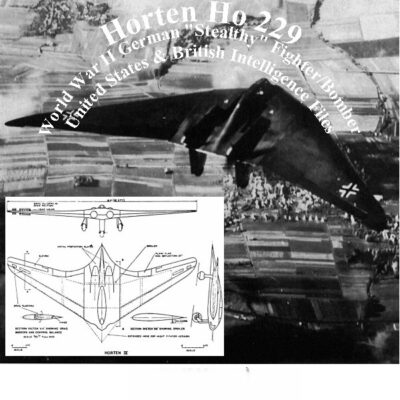“Clyde A. Tolson – J. Edgar Hoover FBI Files” has been added to your cart. View cart

Area 51: CIA Files, Film & Historical Documents
$19.50
Area 51: CIA Files, Film & Historical Documents
Category: Intelligence Espionage
Tags: Area 51, CIA Files
Description
Area 51: A Declassified History and Key Figures
Pre-History & Early Inhabitants:
- 35,000 to 60,000 years ago: Salt lakes in southern Nevada began to dry up, leaving numerous dry lakebeds.
- Around 10,000 B.C.: Paleo-Indians inhabited the Great Basin Desert region.
- Until 1000 A.D.: Numic-speaking Shoshonean Indians lived in the area.
19th Century:
- 1848: The area became part of the land ceded to the United States by Mexico after the Mexican-American War.
- 1850s: Mormon pioneers named a dry lake “Misery Lake.”
- 1864: Bob Groom found mineable ore near Misery Lake.
- 1872: Bob Groom began a mining operation, “Groom Mine,” at the location. The nearby dry lake became known as “Groom Lake.”
- 1874: Most silver chloride ore mining in the Groom Mine area had finished.
- 1885: A group of investors led by Patrick Sheahan bought Groom Mine.
World War II Era:
- 1942: The region was restricted from public access by the War Department. A landing strip was created next to Groom Lake by compacting soil for use by the Fourth Air Force’s bombing and gunnery range. The facility already there, built in 1942, was named Indian Springs Air Force Auxiliary Field and used as an airstrip for an aerial gunnery range for Army Air Corps pilots.
- Post-WWII: The Indian Springs Air Force Auxiliary Field site was abandoned, and its airstrip deteriorated to dust. The Air Force acquired the site.
Mid-1950s: The Birth of Area 51 (Watertown)
- Early 1955: Lockheed’s Skunk Works facility in Burbank, working on the Aquatone Project (U-2), began searching for a secure testing and training area for the U-2. Initial sites were deemed not secure enough.
- March 1955: A site was selected for U-2 testing, but it was deemed not secure enough.
- April 12, 1955: Clarence “Kelly” Johnson and Tony Le Vier spotted what appeared to be an airstrip by a salt flat known as Groom Lake, near the northeast corner of the Atomic Energy Commission’s (AEC) Nevada Proving Ground.
- April 13, 1955: Richard “Dick” Bissel, Col. Osmund “Ossie” Ritland, Clarence “Kelly” Johnson, and Tony Le Vier flew in a Beechcraft plane to examine the Groom Lake site. Le Vier landed on the lakebed, and they inspected the old airstrip.
- Mid-1955 (approx. May-June): Work began on building a facility at the acquired Indian Springs Air Force Auxiliary Field site under the direction of Lockheed’s Skunk Works.
- July 1955: The “Watertown Strip” (later known as Watertown) was completed at a cost of $800,000. It included three hangars, a control tower, a mess hall, a runway, and numerous mobile homes.
- July 23, 1955: The first U-2 aircraft arrived at Watertown.
- August 19, 1955: President Dwight D. Eisenhower signed Executive Order 10633, for the first time restricting the airspace over “Area 51.”
- November 1955: A C-54 transport plane bringing personnel to Area 51 crashed, killing all 14 on board. An investigation ensued.
Late 1950s: Official Designation & Project Diversification
- 1957: The Atomic Energy Commission produced an information booklet for the news media, “Background Information on Nevada Nuclear Test (1957),” which publicly disclosed the Watertown Project (Area 51 facility). It stated Watertown was “a small facility at Groom Dry Lake adjacent to the northeast corner of the Nevada Test Site, and within the boundaries of the Las Vegas Bombing and Gunnery Range,” with dormitories, equipment buildings, and a small airstrip. It maintained the cover story that the U-2 was a Weather Service plane.
- June 1957: The entire Area 51 facility was evacuated due to the AEC’s Plumbbob series of nuclear tests, whose fallout was expected to contaminate Groom Lake. CIA and Air Force personnel, materiel, and aircraft were transferred to Edwards Air Force Base. This testing also led to the end of active mining at Groom Mine.
- 1958: The area was officially made part of the Nevada Test Site and given the designation “Area 51.”
- 1959: Work began on improving the site for use by the OXCART project.
- September 1959: EG&G agreed to move its radar test facility to the former U-2 testing site at Area 51.
- 1959: The CIA contracted Hycon Manufacturing Company to produce the film “Angels in Paradise” to explain the long absences of workers on the Angel reconnaissance project (U-2) to their families.
1960s: OXCART, MIGs, and Further Operations
- Throughout the 1960s: Area 51 was used for various projects, including the OXCART Project (Lockheed A-12, SR-71 Blackbird), the D-21 Tagboard drone, Have Doughnut Project (evaluation of captured Soviet MiG jets), and other experimental aircraft and weapons systems development, training, and study. Operations were occasionally suspended due to nearby atomic tests.
- May 1963: An A-12 aircraft crashed while attempting to return to Area 51.
- 1963: A flight surgeon guide covering the special needs of pilots at Area 51 was developed.
- 1967: A Soviet MiG jet was acquired and tested at Area 51 as part of the “Have Doughnut” Project.
- 1969: A Defense Intelligence Agency (DIA) report on Project Have Doughnut was produced, detailing the tactical evaluation of the captured Soviet FISHBED E (1HG-21F-13) aircraft.
Late 20th Century: Continued Secrecy & Modernization
- 1974: Skylab astronauts photographed Area 51 from space, causing concern among officials.
- 1981: Clarence “Kelly” L. Johnson drafted a history of the U-2 program.
- Late 20th Century: Atomic testing, military activities (including the destruction of a mill), and restricted access affected work at Groom Mine.
- 1992: A report titled “The CIA and Overhead Reconnaissance – the U-2 and OXCART Program, 1954-1974” was created.
- 1995: The Department of Interior withdrew 3,972 acres of Bureau of Land Management land from public access, creating a larger security buffer zone around Groom Lake to prevent public viewing of activities.
21st Century: Declassification & Official Acknowledgment
- 2005: A Freedom of Information Act (FOIA) request was filed for the 1992 CIA report.
- 22nd Century (early): Military activity continued to surround Groom Mine.
- 2011: A 2011 release of “The CIA and Overhead Reconnaissance – the U-2 and OXCART Program, 1954-1974” provided more details than the 1998 version.
- June 25, 2013: The CIA publicly acknowledged the existence of the base (Area 51) for the first time, following the release of the 1992 report through a FOIA request. The 2013 release of “The CIA and Overhead Reconnaissance – the U-2 and OXCART Program, 1954-1974” was the most complete version yet, showing the CIA’s evolving approach to secrecy.
- 2015: The United States Government seized Groom Mine under eminent domain from the descendants of Patrick Sheahan.
Cast of Characters
- Bob Groom: A prospector who, in 1864, found mineable ore near Misery Lake (later Groom Lake) and began a mining operation there in 1872, establishing Groom Mine.
- Patrick Sheahan: An investor who, in 1885, led a group that bought Groom Mine. His descendants owned the mine until it was seized by the U.S. government in 2015.
- Richard “Dick” Bissel: The CIA’s top official on the U-2’s Development team. He was part of the April 1955 reconnaissance flight that selected the Groom Lake site for the U-2 test base.
- Col. Osmund “Ossie” Ritland: An Air Force official who was part of the April 1955 reconnaissance flight that selected the Groom Lake site for the U-2 test base.
- Clarence “Kelly” L. Johnson: Lockheed’s chief engineer and a key figure in the “Skunk Works.” He was instrumental in the U-2 project and the selection/development of the Area 51 site. He spotted the potential airstrip at Groom Lake and later drafted a history of the U-2 program in 1981.
- Tony Le Vier: Lockheed’s top test pilot. He piloted the Beechcraft plane that carried Bissel, Ritland, and Johnson to Groom Lake in April 1955, landing on the lakebed.
- President Dwight D. Eisenhower: Signed Executive Order 10633 on August 19, 1955, which for the first time restricted the airspace over “Area 51.”
- Don Downie: Writer and photographer for the CIA film “Angels in Paradise,” produced by Hycon Manufacturing Company in 1959.
- Jim Jarbee: Photographer for the CIA film “Angels in Paradise,” produced by Hycon Manufacturing Company in 1959.







Related products
-

Irish Republican Army (IRA) FBI Files
$19.50 Add to Cart -

Soviet Union Top Secret Military Journal Voyennaya Mysl
$19.50 Add to Cart -

Duquesne Nazi Germany Spy Ring FBI & MI6 Files
$19.50 Add to Cart -

Horten Ho 229 German “Stealthy” Fighter/Bomber Aircraft American & British Intelligence
$19.50 Add to Cart